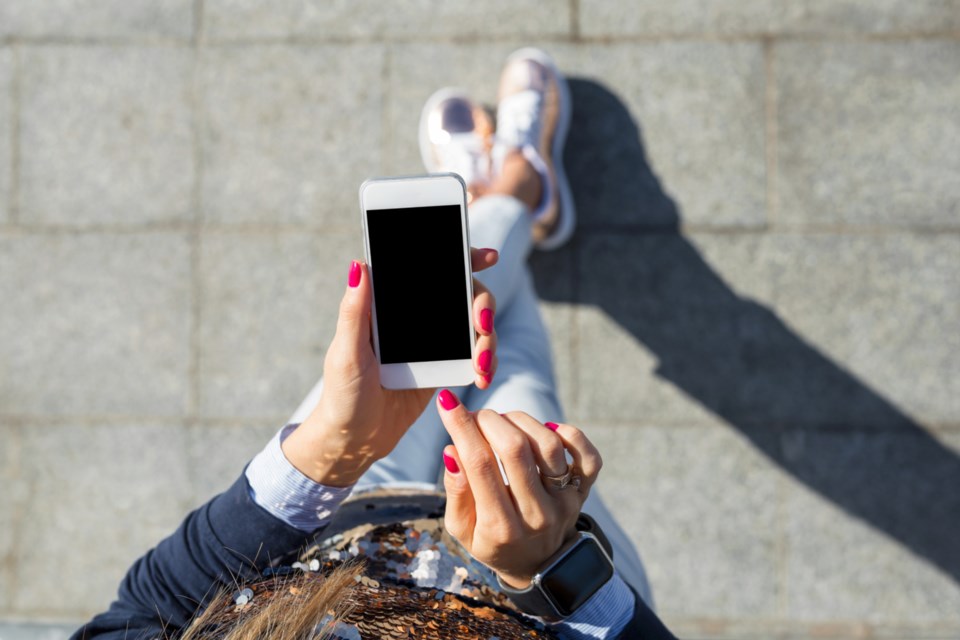The restrictions associated with the COVID-19 pandemic drove life online in 2020, where it will probably remain for much of 2021.
The way we communicate quickly pivoted to Zoom meetings, remote learning and messaging on social media. And in the absence of face-to-face interactions, people quickly became more reliant on emojis to help express their thoughts and feelings to an audience they can no longer see in person.
The digital shift has made the emoji an integral part of written language. Ninety-two per cent of consumers online use some form of emoji in their communications. On Instagram, nearly half of the posts contain emojis. In 2015, the Oxford Dictionary went so far as to declare 😂 as the word of the year.
Emojis are now being described as “body language for the digital age.”
Brand emojis
It comes as no surprise that many well-known brands such as Sony, Chevron, Coca Cola, Burger King and Taco Bell have all embedded emojis into their marketing communications. Many have even developed customized brand emojis tailored to their offerings.
Despite the prevalence of emojis in brand communications, marketers know relatively little about how they affect the reader. Do emojis influence an audience’s behavioural responses? Social media managers, copywriters and content developers are keen to know if these tiny pictures actually have an impact.
To address this question, our recent study in the Journal of Interactive Marketing collected thousands of tweets from the top celebrity and corporate brands on Twitter to determine whether simply using an emoji in a tweet improved engagement.
The results demonstrate that the mere presence of an emoji in brand tweets increases the extent to which consumers like and share content. They also show that more emojis within a message amplify this effect.
Subsequent lab studies highlighted a central mechanism in how brands reap value from emojis: playfulness. Brands can convey playfulness by placing emojis before the focal text as a teaser for what is to come. This is particularly so when the emojis are tightly related to the text that immediately follows.
Deftly convey messages
The evidence suggests that emojis convey certain messages and emotions better than words. They can help define a brand personality and even create a difference in click-through rates and general engagement levels.
Here are four tips that organizations should keep in mind when using emoji:
-
Understand your audience. Does your audience regularly use emojis? Don’t force it. If the playfulness of an emoji doesn’t fit with your campaign or brand, don’t use it.
-
Understand your brand. Emoji use is well-suited to injecting personality into certain brands for whom playfulness is well-aligned. Emoji use, by conveying playfulness, can help brands foster perceptions of warmth, build a personal connection with consumers and evoke emotions. But they’re not as strongly associated with conveying competence. Emoji use is therefore not necessarily useful for all brands, and should be a function of your brand’s positioning.
-
Understand your message. Emojis have endured criticism that they undermine credibility and introduce new ways of construing the meaning of a message. This is more to do with misunderstanding a brand’s target audience than a byproduct of a language. More recent work has highlighted that emojis can actually improve communications by reducing misinterpretations, conveying emotion and clarifying intentions.
-
Understand the emoji. The meaning of emojis evolve. 🙏 started as a person with folded hands, but now reads as a symbol of gratitude used for please or thank you. 👊 began as punch, but is now widely used as a fist bump like the same friendly gesture used in the real life. While your favourite emoji has an official meaning defined by the Unicode Consortium that designs them, the most important part is understanding the perceived meaning for an emoji character by your target audience.
Emojis are not just a gimmick used to garnish text messages. They’re a complex new form of language that help communicate feelings and expressions in a time when in-person conversations are harder to come by.![]()
Ethan Pancer, Associate Professor of Marketing, Saint Mary’s University and Lindsay McShane, Associate professor, Marketing, Carleton University
This article is republished from The Conversation under a Creative Commons license. Read the original article.
